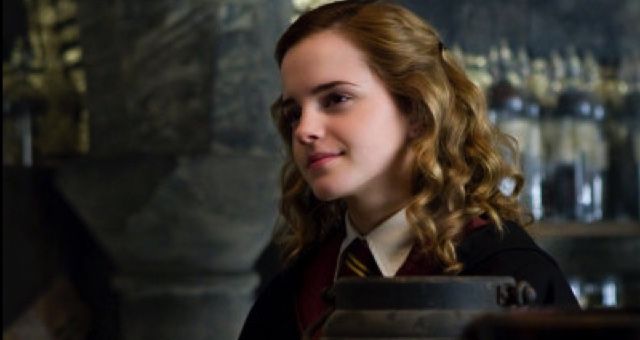
Was Hermione Black? Overcoming White Bias in Literature
White bias: The assumption that all characters in a book are white unless stated otherwise.
When Olivia Award–winning actress Noma Dumezweni was cast as Hermione in the 2016 opening of Harry Potter and the Cursed Child in London, there was the (unfortunately) inevitable racist backlash. Rowling defended the casting, telling The Guardian that Noma was ‘the best actress for the job.’ But, alas, the haters continued to hate.

The main point is that, when it comes to casting another evolution of the Harry Potter story, there are no aesthetic rules. There is nothing in the storylines of almost any of the characters that dictates their visual appearance (not including the Weasleys who obviously have to be redheads). These characters are not rooted in history, they do not tell a particular ethnic narrative, and, actually, Hermione’s whole mission to save the house elves sounds like the workings of someone from a marginalised people group.
So, not only do I not think it matters what ethnicity the person playing Hermione, or a vast majority of the other Harry Potter characters is, I think it makes perfect sense for Hermione to be black. However, I don’t think Rowling was imagining a black Hermione when she wrote the books. You can thumb through all seven novels looking for descriptions of Hermione to evidence this, but I actually think the evidence is in Rowling’s descriptions of other characters in the books.
Rowling explicitly states that Angelina Johnson, Dean Thomas, Lee Jordan, Kingsley, and the Zabini family are all black. We can also assume, based on name choices, that the Patil twins are from the Indian subcontinent, Cho Chang is Chinese, and Anthony Goldstein is Jewish. The fact that Rowling either explicitly identifies the racial identity of each of these characters or gives them country/culture specific names but didn’t with Hermione suggests that she imagined Hermione as white. That doesn’t mean that the reader has to. In fact, many readers don’t.
On the flip side, Suzanne Collins describes Katniss Everdeen in The Hunger Games as having olive skin, black hair, and grey eyes. Yet when Jennifer Lawrence was cast in the role, the outrage from fans came in the form of body shaming (urgh) and there was nothing said about the fact that Collins had clearly imagined a darker toned character. Despite Collins describing Rue as having dark skin, there was backlash when Amandla Stenberg was cast in the role.
Collins makes a point of describing the aesthetics of all her characters and in her descriptions she makes a point about those with darker skin tones living in the poorer districts than the fair-skinned. The reason so many readers skimmed over the insinuation that Rue and other characters might be black is because, as a culture, we tend to default white. Rowling made a point of describing her ethnic characters because she knew all the others would be assumed white. Collins described all her characters and readers still assumed they were all white.
How do we get past the bias?
I think the onus is on both the authors and the readers. By only explicitly identifying the ethnic identities of characters that aren’t white, authors send out a parallel message that the readers should assume a character is white unless otherwise stated. However, we as readers need to be aware of our own biases. Many authors are looking for ways to authentically create a diverse cast of characters and are fully aware of reader bias and so want to help the reader out.

When the uproar was at its height about Dumezweni’s casting as Hermione, I became aware of my own white bias. I, an African woman (but raised in Britain), assumed the characters I read about were white by default. I knew all the black characters in all the books I read and inwardly thanked the author for identifying them, never once thinking of how the white characters did not seem to need identifying.
As I’ve submersed myself more in books written by authors from all over the world and set in places all around the world where the bias cannot be white, I’m more aware of my biases when reading books by white authors.
In Lost Children Archive, Valeria Luiselli discloses very little of her characters’ aesthetics. You don’t even know their names. I’ll tell you one thing though, I don’t think they’re white.














